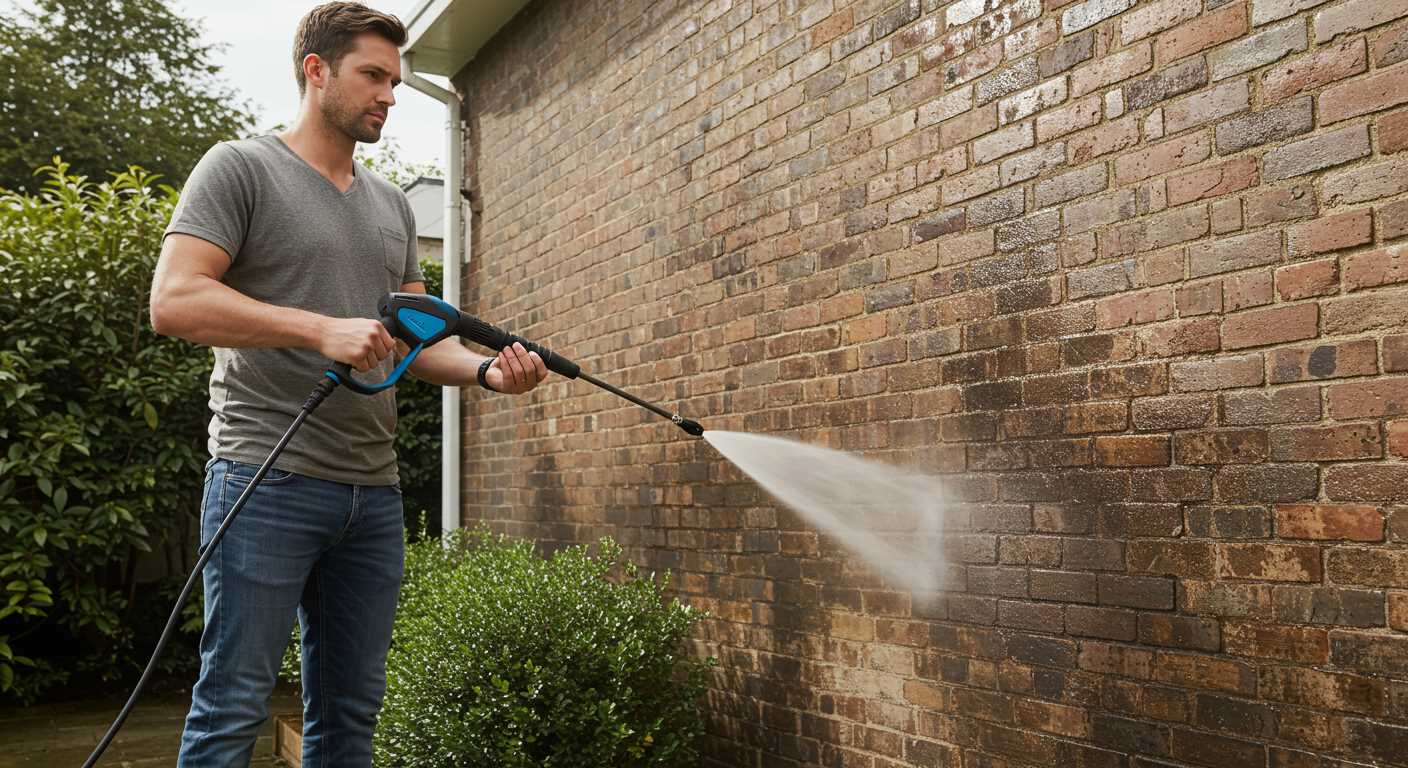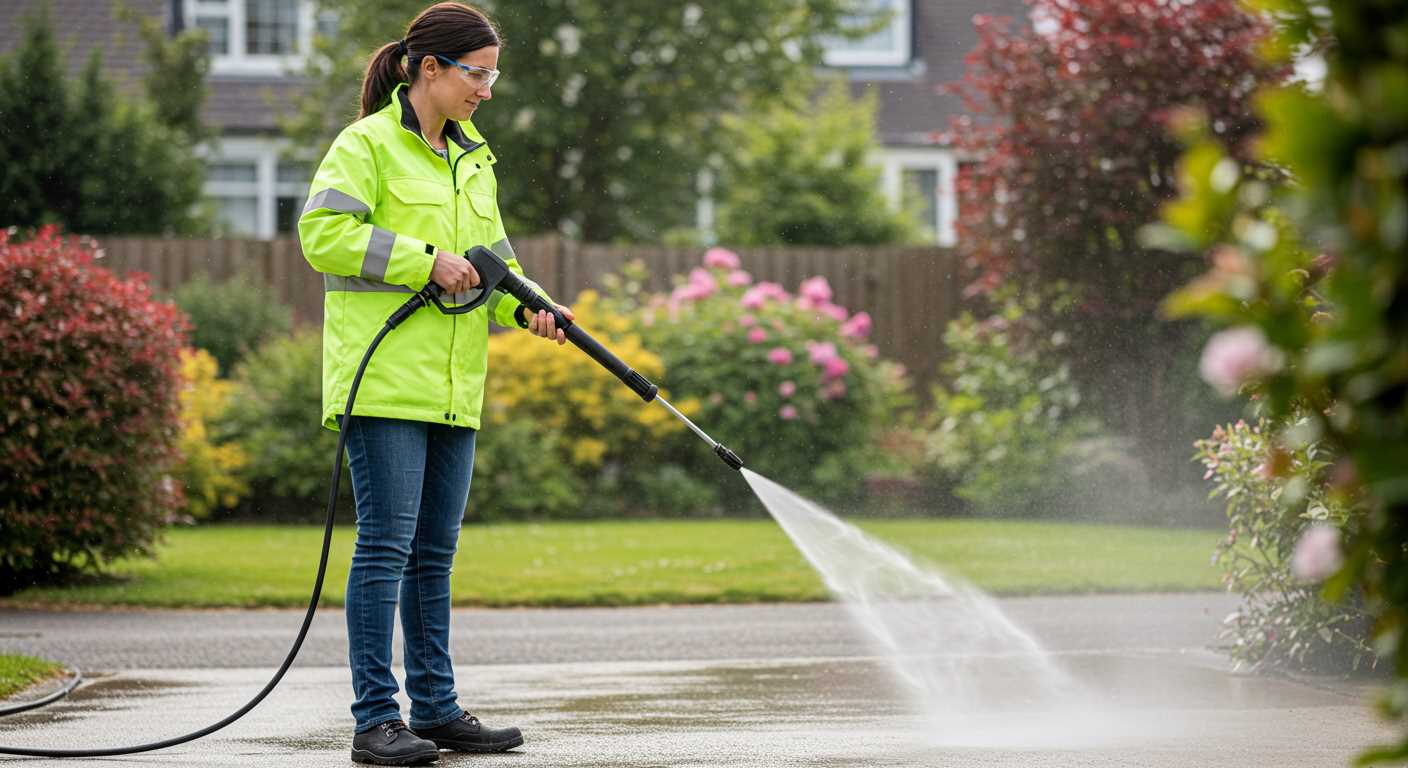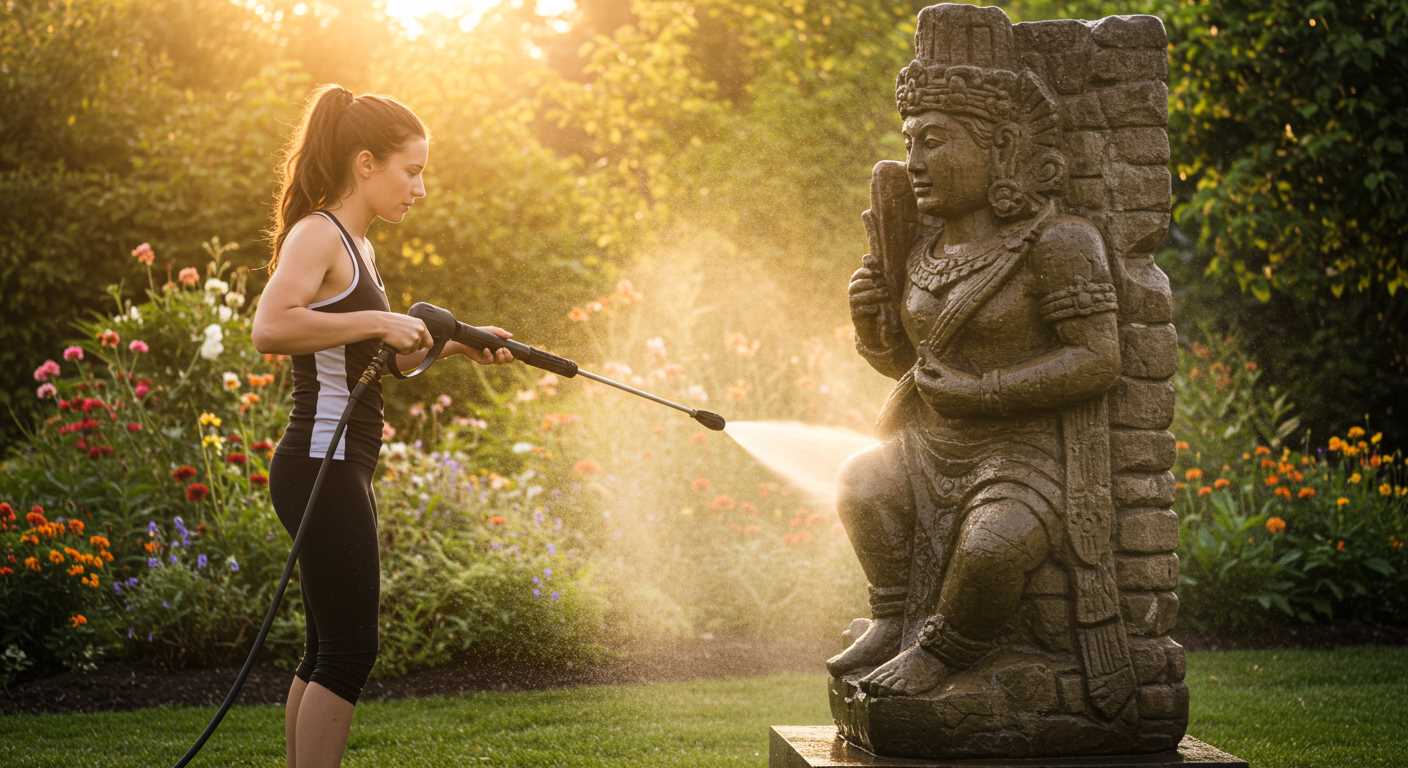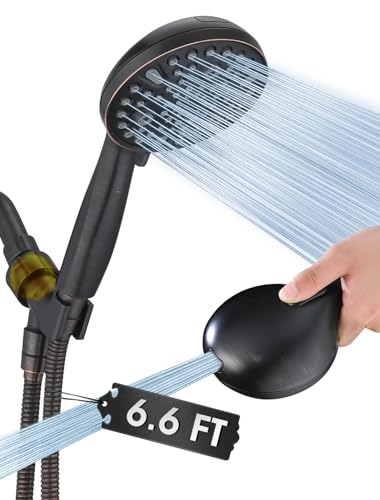



If you want to restore the appearance of your outdoor surfaces, a simple solution is to use a mix of hot water and a mild detergent. This combination helps to break down dirt and grime effectively. Fill a bucket with hot water and add a generous amount of detergent, stirring until it dissolves.
Next, employ a stiff-bristled brush to scrub the surface vigorously. Focus on the joints and corners, where dirt tends to accumulate. Make sure to apply adequate pressure to dislodge stubborn stains, and rinse your brushes frequently to avoid redistributing dirt.
For stubborn organic growth like moss or algae, consider a solution of vinegar and water. Mix one part vinegar with two parts water in a spray bottle. Apply directly to the affected areas and let it sit for about 30 minutes before scrubbing with your brush. Rinse thoroughly to remove any residue.
Regular maintenance can prevent dirt build-up. Sweep the area frequently and use a broom to remove leaves and debris. It’s a straightforward task that will keep your surfaces looking fresh and well-kept.
Cleaning Methods for Pavers
Utilising a broom with stiff bristles is my first recommendation. This simple tool effectively dislodges dirt and debris, preparing the surface for further attention. A thorough sweep will help remove larger particles and prevent them from being ground into the surface later.
For stubborn stains, a mixture of warm water and a mild detergent works wonders. Apply this solution with a sponge or cloth, allowing it to penetrate the stain for several minutes. After that, scrub the area with the broom to lift the blemish. Rinse the area with clean water to ensure all soap is removed.
Consider using a solution of white vinegar and water for more resilient stains. The acidity in vinegar breaks down grime effectively. Mix equal parts of vinegar and water, apply it to the stained area, and let it sit before scrubbing with your broom.
If you have moss or algae growth, it’s best to use a mix of water and salt. Salt not only kills the organic matter but also inhibits future growth. Spread the solution over the affected areas, leave it for a couple of hours, and then scrub as needed.
For a more intensive clean, I suggest investing in a manual scrubbing brush. These brushes allow for deeper cleaning between the paver joints where dirt often accumulates. Partner this with the previously mentioned solutions for optimal results.
After your work, ensure to rinse thoroughly to remove any remaining cleaning solution. This step helps to preserve the surface integrity and appearance of the stones over time.
Assessing Your Pavement Condition Before Cleaning
Examine the surface first to determine the level of grime and debris present. Check for stains, moss, or any signs of deterioration such as cracks. If the surface appears to be structurally sound but discoloured, a gentle approach will suffice. However, if there are deep-set stains or extensive biological growth, a more vigorous method will be required.
Inspecting for Damage
Look closely for any loose or uneven stones. If you find any, address this issue before attempting any maintenance. Fixing these will ensure the safety of the area. Pay attention to jointing material between stones, as it can deteriorate over time. Depending on the condition, it may require replenishment after cleaning.
Identifying Stains and Growth
Calculate the best method based on the types of stains observed. For organic growth, consider using a solution that targets these specific issues. If oil or grease stains are evident, a degreaser may be necessary. Evaluate the overall condition to easily plan your approach, saving time and effort during the upkeep process.
Choosing the Right Cleaning Solution for Your Paving
The optimal choice of cleaning solution directly affects the results you can achieve. I recommend starting with a pH-neutral detergent, as these products effectively lift dirt and stains without damaging the surface. Look for formulations specifically targeted at stone or brick surfaces, ensuring they are compatible with the materials you are dealing with.
Understanding Different Types of Solutions
Organic options, such as vinegar and baking soda, offer an eco-friendly approach. Mixing equal parts of vinegar and water creates a powerful stain remover for minor discolourations. For tougher grime, use baking soda with a bit of water to form a paste, applying it directly to stained areas before rinsing.
For heavy-duty cleaning, consider commercially available products containing sodium hydroxide or hydrogen peroxide. These ingredients tackle persistent stains like oil or moss but demand careful handling due to their potency.
Application Techniques
Always perform a patch test with any new solution to ensure it does not cause discolouration. Use a stiff-bristled brush to apply your chosen detergent, ensuring you work in sections. Allow the solution to sit as per the manufacturer’s instructions before agitating the surface. Rinse thoroughly with water to remove any residue, preserving the integrity of your stones.
In summary, selecting the right cleaning solution hinges on the condition of your surface and the nature of the stains. Tailor your choice to meet your specific needs and always prioritise safety when handling chemicals for the best outcomes.
Manual Cleaning Techniques Using Brushes and Brooms

For a thorough approach to restore the appearance of your surface, utilise stiff-bristled brushes paired with brooms. Begin by sweeping away loose debris and dirt to create a clean foundation for deeper cleaning. Ensure you choose a broom with synthetic bristles for resilience against the rough texture of your surfaces.
Once the initial sweeping is complete, apply a suitable cleaning solution, either pre-made or homemade. A mixture of warm water and vinegar or baking soda can be effective for tackling stains and grime. After applying the solution, let it sit for several minutes to loosen entrenched dirt, then scrub the area with the brush, paying extra attention to any heavily soiled spots.
In tight spaces or along edges, consider using a smaller, handheld brush. This allows for more detailed work and ensures no area is overlooked. Rinse sections regularly as you work to ensure that dirt and residue are removed effectively. After the entire surface has been attended to, follow up with a clean water rinse to wash away any remaining cleaning solution and debris.
For those stubborn stains that resist standard methods, a dedicated scrubbing pad or scouring brush might prove advantageous. These tools can provide the extra abrasion needed to lift tough spots without damaging the surface beneath.
Regular maintenance with brushes and brooms not only enhances appearance but also prolongs the life of your surfaces. Schedule cleaning when conditions are dry to allow for effective moisture evaporation, reducing potential for growth of mould or moss.
Removing Weeds and Moss from Block Paving
Apply a solution of vinegar or salt mixed with water directly onto the affected areas. This mixture acts as a natural herbicide and will effectively kill most unwanted plants and algae. Allow it to sit for a couple of hours for best results, then scrub the surface with a stiff brush.
For stubborn moss, consider using a scraper or hoe to gently remove it from the joints and surface. Take care not to damage the edges of the stones while scraping. Afterward, use a broom to sweep away the loosened debris.
Using Boiling Water

Pouring boiling water over weeds and moss is another straightforward method. This will quickly destroy the roots and make the removal easier. Be cautious when using boiling water to avoid burns or damage to surrounding plants.
Alternative Chemical Treatments
If natural options don’t yield results, consider targeted chemical treatments designed for weed control. Always follow the manufacturer’s instructions and safety precautions. After application, ensure that the area is rinsed well to prevent any residue from affecting neighbouring vegetation.
Dealing with Stains on Block Paving Surfaces
For tough marks, such as oil or rust, I recommend using a specialized stain remover designed for the material of your surface. Apply it directly to the affected area and let it sit for the time specified on the packaging. Afterward, scrub with a stiff-bristled brush to lift the stain, then rinse thoroughly.
For common spills like food or drink, an absorbent material, such as cat litter or baking soda, can do wonders. Sprinkle it over the area to absorb the stain and leave it for several hours, then sweep away and scrub with warm, soapy water.
Concrete or brick surfaces may benefit from a mixture of vinegar and water. This natural solution can help to break down stains without causing damage. Use a ratio of one part vinegar to two parts water. Apply it, let it sit for a few minutes, and scrub with a brush.
For persistent marks, consider replicating the following steps:
- Identify the type of stain to choose the appropriate solution.
- Apply the cleaning agent and allow it to penetrate.
- Scrub with sufficient pressure to lift the stain, ensuring not to damage the surface.
- Rinse the area to remove any residue from the cleaning agents.
- Inspect the area, repeating the process if necessary.
If mould or mildew is a concern, a mix of water and bleach can effectively tackle the problem. Use a solution of one part bleach to ten parts water, ensuring to wear gloves and protective eyewear. Apply it, scrub, and then rinse well.
In cases where deep cleaning is necessary, consider renting a rotary scrubber from a local equipment hire service to get the best results. This machine can effectively scrub surfaces without needing excessive manual labour. Just ensure you follow the manufacturer’s guidelines for use.
Regular inspections and immediate treatments of stains will help maintain the appearance of your surfaces and extend their lifespan. Prompt action is key to preventing the need for more intensive restoration in the future.
Rinsing and Drying the Block Paving After Cleaning
Thorough rinsing is vital after applying a cleaning solution. Using a garden hose, ensure to rinse away any residue of the detergent. It’s best to use a spray nozzle for better control of the water flow.
- Start at one end and work your way towards the other, allowing dirty water to flow off the surface.
- For stubborn areas, use a stiff-bristled brush while rinsing to dislodge debris.
- Pay close attention to the joints between the stones; ensure they are free from any cleaning product.
Once rinsed, drying the area is crucial to prevent water pooling, which can cause staining or moss regrowth. Follow these steps:
- Remove excess water: Use a broom or squeegee to push away any standing water. This is especially important in low-lying areas.
- Air drying: If the weather permits, leave the surface exposed to sunlight and let it dry naturally. Aim for a warm, breezy day for optimal results.
- Towel drying: For shaded or moist areas, you may use clean, absorbent towels to soak up excess moisture.
After drying, inspect the surface again for any remaining grime or stains that may have been overlooked. If necessary, repeat the cleaning steps for those specific areas before applying any sealant or maintenance products. This will help ensure a long-lasting finish and appearance.
Maintaining Your Surface After Cleaning
Regular upkeep is crucial after rinsing your surfaces. To prevent dirt buildup and prolong the life of your stones, perform a quick inspection weekly. Look for signs of new growth, discolouration, or shifting in the joints.
Joint Filling and Sealing
Once the area is dry, consider refilling the joints with sand to keep them intact. This helps prevent weeds from regrowing. Sealing your stones every couple of years can offer protection against stains and weather damage.
| Maintenance Task | Frequency | Recommendation |
|---|---|---|
| Weed Removal | Weekly | Use a hoe or hand tool for effective elimination |
| Joint Sand Top-Up | Every 6 months | Ensure joints are well-filled to prevent shifting |
| Surface Sealing | Every 2 years | Choose a high-quality sealant suitable for your stones |
| Stain Treatment | As needed | Identify and treat stains quickly for best results |
Care During Seasonal Changes

In autumn, clear fallen leaves to prevent moisture retention, which can lead to staining. During winter months, avoid using rock salt for ice, as it can damage the surface. Instead, consider sand as a safer alternative.








